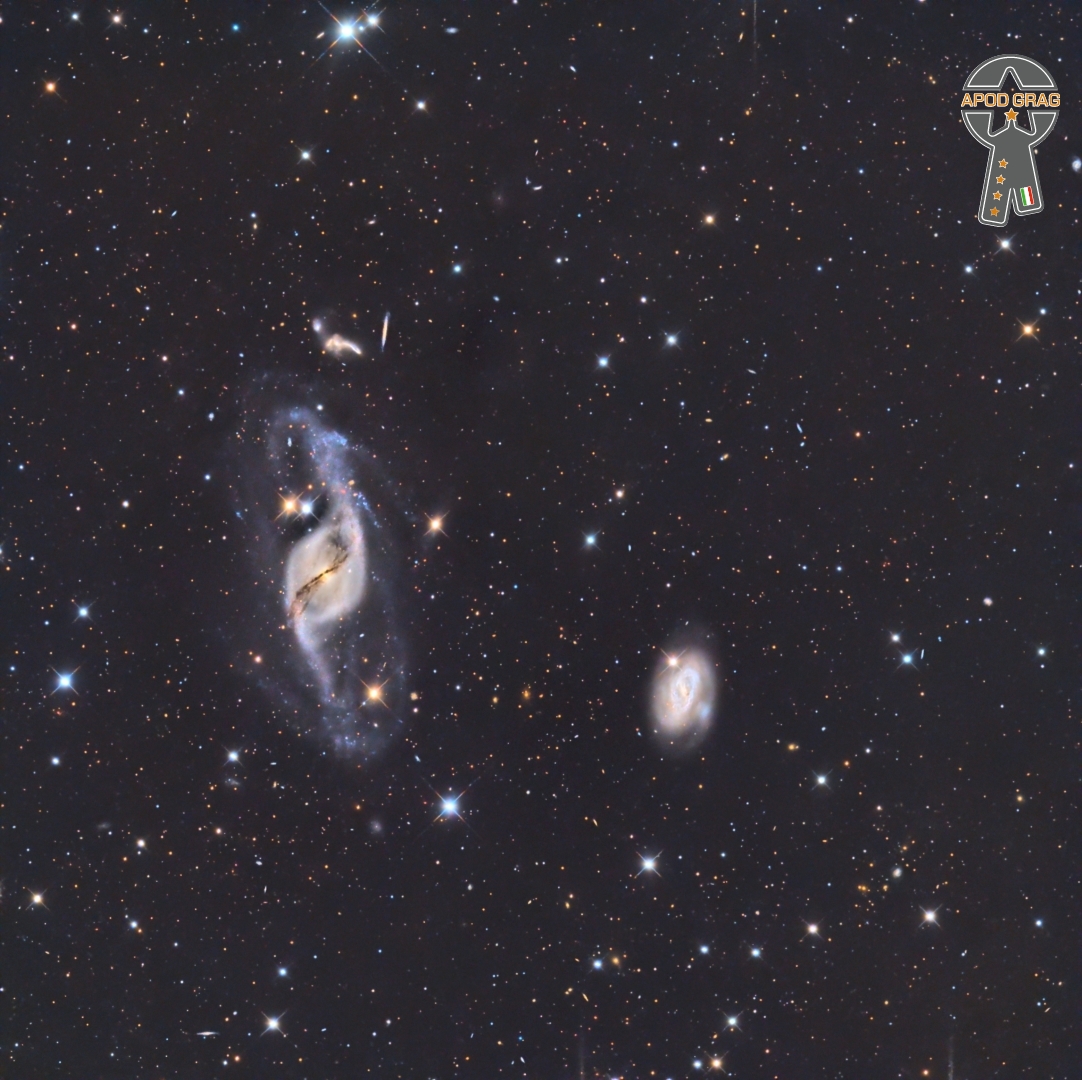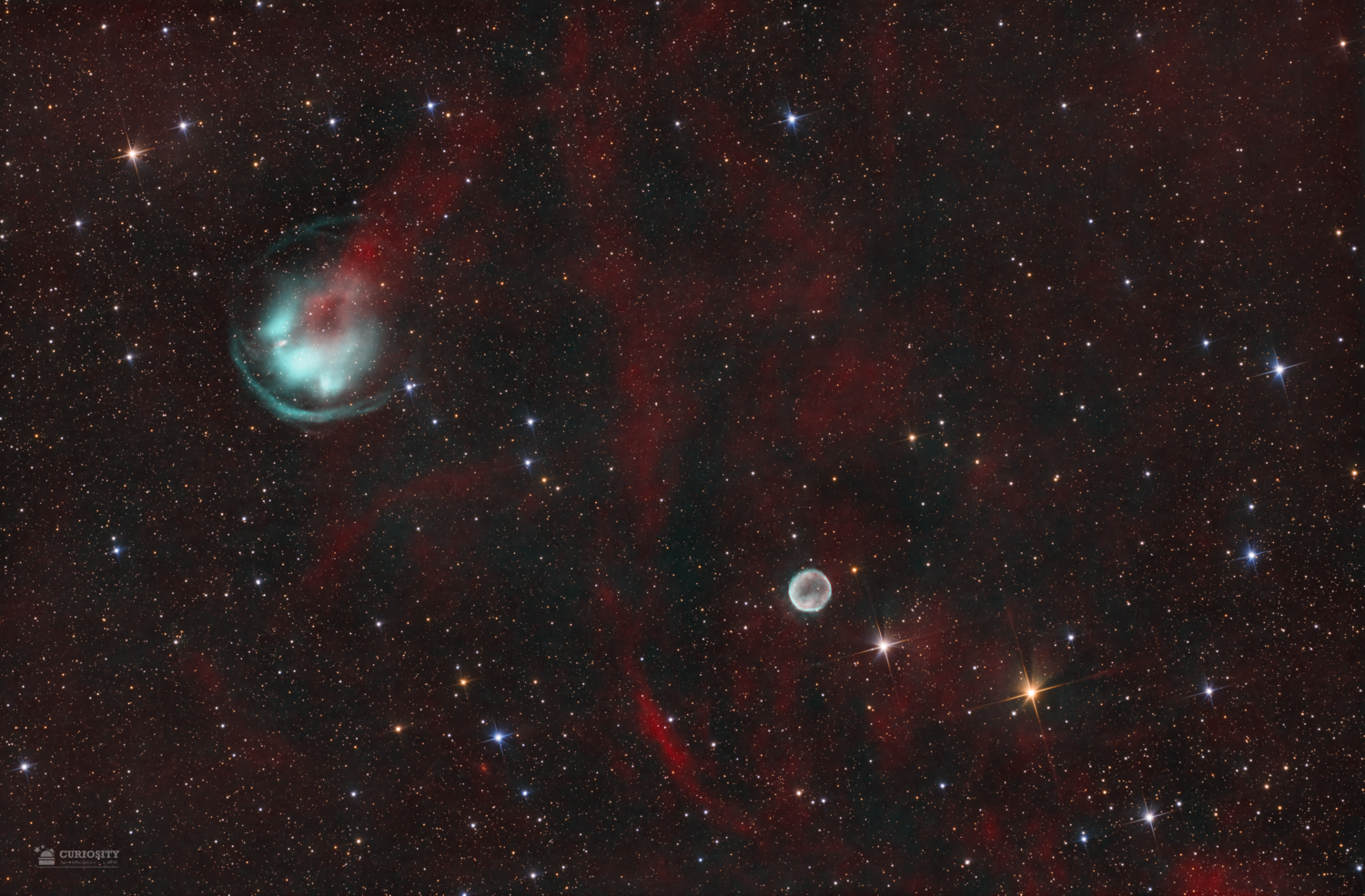Blog
Edward Brian “Tubby” Hayes (30 January 1935 – 8 June 1973) was a British jazzmulti-instrumentalist, best known for his virtuosic musicianship on tenor saxophone and for performing in jazz groups with fellow sax player Ronnie Scott and trumpeter Jimmy Deuchar. He is widely considered to be one of the finest jazz saxophonists to have emerged from Britain. Hayes died in June 1973, during a second heart operation at the Hammersmith Hospital, at the age of 38.
more...David Roy Eldridge (January 30, 1911 – February 26, 1989 Pittsburgh), nicknamed “Little Jazz“, was an American jazz trumpeter. His sophisticated use of harmony, including the use of tritone substitutions, his virtuosic solos exhibiting a departure from the dominant style of jazz trumpet innovator Louis Armstrong, and his strong impact on Dizzy Gillespie mark him as one of the most influential musicians of the swing era and a precursor of bebop.
more...


Bettye LaVette (born Betty Jo Haskins, January 29, 1946 Muskegon, MI) is an American soulsinger who made her first record at sixteen, but achieved only intermittent fame until 2005, when her album I’ve Got My Own Hell to Raise was released to widespread critical acclaim, and was named on many critics’ “Best of 2005” lists. Her next album, The Scene of the Crime, debuted at number one on Billboard‘s Top Blues Albums chart and was nominated for Best Contemporary Blues Album at the 2008 Grammy Awards. She received the Legacy of Americana Lifetime Achievement Award at the 2023 Americana Music Honors & Awards.
LaVette’s eclectic musical style combines elements of soul, blues, rock and roll, funk, gospel, and country music. In 2020, she was inducted into the Blues Hall of Fame.
more...Year of the Snake. In Chinese culture, the snake is a symbol of wisdom, intuition, and transformation.

more...
NGC 3718, also called Arp 214, is a galaxy located approximately 52 million light years from Earth in the constellation Ursa Major. It is either a lenticular or spiral galaxy.
NGC 3718 exhibits a warped, S-shape similar to NGC 6872, possibly a result of gravitational interaction with NGC 3729, another spiral galaxy located 150,000 light-years away.

Beverly Kenney (January 29, 1932, Harrison, New Jersey – April 13, 1960, Greenwich Village, New York City) was an American jazz singer. Kenney attempted suicide twice and succeeded the third time ingesting a combination of alcohol and Seconal on April 12, 1960, in a one-room apartment in the University Residence Hotel located at 45 East 11th Street in Greenwich Village, Manhattan, New York.Her father, Charles J. Kenney, had dinner with her two nights earlier and said “everything seemed fine”. She died at age 28.
more...James Lee Jamerson (January 29, 1936 – August 2, 1983 Edisto Island, SC) was an American bassist. He was the uncredited bassist on most of the Motown Records hits in the 1960s and early 1970s (Motown did not list session musician credits on their releases until 1971), and is now regarded as one of the greatest and most influential bass players in modern music history. He was inducted into the Rock and Roll Hall of Famein 2000. As a session musician he played on twenty-three Billboard Hot 100 number-one hits, as well as fifty-six R&B number-one hits.
In its special issue “The 100 Greatest Bass Players” in 2017, Bass Player magazine ranked Jamerson number one and called him the most important and influential bass guitarist. In 2020, Rolling Stone magazine ranked Jamerson number one in its list of the 50 greatest bassists of all time.
Long troubled by alcoholism, Jamerson died of complications from cirrhosis, heart failure and pneumonia on August 2, 1983, in Los Angeles. He is interred at Detroit’s historic Woodlawn Cemetery.
more...Edwin Thomas “Ed” Shaughnessy (January 29, 1929 – May 24, 2013) was a swing music and jazz drummer long associated with Doc Severinsen and a member of The Tonight Show Band on The Tonight Show Starring Johnny Carson.
Shaughnessy was born in Jersey City, New Jersey and grew up in the New York Cityarea, working in the 1940s with George Shearing, Jack Teagarden, and Charlie Ventura. In the 1950s he worked in the Charlie Ventura, Benny Goodman and Tommy Dorseybands. In the 1960s he played for Count Basie prior to joining The Tonight Show Band. He was the drummer on Bashin’: The Unpredictable Jimmy Smith in 1962 which featured big band arrangements by Oliver Nelson, including the pop hit “Walk on the Wild Side” which peaked at #21 on the Billboard chart. Shaughnessy recorded extensively throughout his career and was known for his drum competitions with Buddy Rich.
Although best known as a big band drummer, Shaughnessy also performed small group work with Gene Ammons, Roy Eldridge, Billie Holiday, Mundell Lowe, Teo Macero, Charles Mingus, Shirley Scott, Jack Sheldon, Horace Silver, and many others. For several years Shaughnessy was a member of the house band at Birdland and other New York clubs. In the early 1970s he was doing similar work in Los Angeles and is credited with discovering Diane Schuur, whom he introduced at the 1976 Monterey Jazz Festival. Shaughnessy played in an early incarnation of the “Sesame Street” orchestra along with percussionist Danny Epstein, reed player Wally Kane, and, on occasion, guitarist Bucky Pizzarelli.
more...HFG1 (Heckathorn-Fesen-Gull 1) is a planetary nebula located in the constellation of Cassiopeia, approximately 2,000 light-years from Earth. This object features an expanding shell of gas ejected by a dying star, interacting with the surrounding interstellar medium.
At the core of HFG1 lies the binary system V664 Cas, which consists of a white dwarf and its companion star. The system is moving rapidly through space at an estimated velocity of 29 km/s. This high-speed motion results in a distinctive bow shock at the leading edge of the nebula and a trailing wake of ejected material stretching behind it.
In addition to HFG1, the image also features a smaller, bubble-like nebula nearby, known as Abell 6, another planetary nebula located in the same region.

Osbourne Ruddock (28 January 1941 – 6 February 1989), better known as King Tubby, was a Jamaican sound engineer who influenced the development of dub musicin the 1960s and 1970s.
Tubby’s studio work, in which as a mixing engineer he achieved creative fame previously only reserved for composers and musicians, was influential across many genres of popular music. He is often cited as the inventor of the concept of the remixthat later became ubiquitous in dance and electronic music production. Singer Mikey Dread stated, “King Tubby truly understood sound in a scientific sense. He knew how the circuits worked and what the electrons did. That’s why he could do what he did.
King Tubby was shot dead on 6 February 1989, outside his home in Duhaney Park, Kingston, upon returning from a session at his Waterhouse studio. His death was believed to be the outcome of a robbery.
more...Ronnie Scott OBE (born Ronald Schatt; 28 January 1927 – 23 December 1996) was a British jazz tenor saxophonist and jazz club owner. He co-founded Ronnie Scott’s Jazz Club in London’s Soho district, one of the world’s most popular jazz clubs, in 1959.
more...More Posts
- Daily Roots with Ras Michael & The Sons Of Negus
- The Cosmos with Lightening Lunar Eclipse
- Bob Dylan
- Prince Buster
- Archie Shepp
- World Music with Kokoko
- Daily Roots with Cedric Im Brooks & the Light of Saba
- The Cosmos with VdB 123
- Nat Adderley Jr.
- Famoudou Don Moye
- Robert Moog
- Alicia de Larrocha
- Artie Shaw
- World Music with Angélique Kidjo
- Daily Roots with Bob Marley
- Diego LaBriola Memorial 2021
- The Cosmos with Markarian’s Chain
- Ian Underwood
- Dick Berk
- Sun Ra

